An Errand Boy Who Wrote Tales To Astonish
"Put out the kind of stories that I would enjoy reading myself"
“Every one of us are a product of all the things we’ve experienced, seen, read, and heard in our lives. So when I write, I’m remembering things that happened, those things become part of the story.”
I tell myself that I’m a storyteller, when I’m “feeling” myself, and when the feeling fades, I say I’m a writer. If self-conscious, I remain a lover of stories, in all its forms.
That last role feels easier to say, it feels less of a sin to admit being a fan and student, than say “look at me, … I’m a storyteller!”, especially when it looks like everybody else is much better at it, on the street, on a slide-deck, in a song, and across media Streamland.
Then I saw a documentary which reminded me I wasn’t so crazy to want this.
Below are my notes of a documentary about one storyteller’s journey, Stan Lee.
This is not a critical review of the documentary, it’s spoiler-filled notes for me.
If possible, please read my notes after you’ve seen the documentary, but do read them.
Stan Lee was born Stanley Martin Lieber in 1922, into poverty, whose father struggled to find jobs as a dress cutter. Early on, in the midst of the Depression, Stanley’s top mission was to look for a job as soon as possible. A son marked by the cautionary lesson of a father’s financial struggle, means that regular money was the balm.
His first break was getting hired by a pants factory.
His biggest break was being fired by a pants factory.
After high school graduation in 1939, an uncle’s tip led to an office assistant job at Timely Comics, a division of a larger business, running errands like coffee runs and proofreading for a two man team, editor Joe Simon and artist Jack Kirby. Stanley did whatever was needed, while playing a piccolo, to the constant irritation of Kirby. Despite that, the overworked team asked Stanley help write stories for the comics.
Stanley carried a briefcase at school because he was cosplaying as a “writer”. Timely Comics was meant to be a temporary gig, as Stanley had eyes on writing the next great American novel. Soon after he joined Timely, Simon and Kirby left, and the big boss drafted “the kid” to edit. At 17, Stanley became the editor, a role he had for decades. His first story, under his writing alter ego “Stan Lee”, featured Captain America. This was life until December 7, 1941.
As part of the “Greatest Generation”, when the Second World War broke out, Stan volunteered, and was soon transferred to the Army’s media operations in Astoria, Queens, as a playwright. The army needed more payroll officers, to pay the troops, but training new officers took too long. Stan made a comic book (of course) instead of a textbook, and knocked down training time from 6 months to 6 weeks. Stan Lee helped Uncle Sam meet the payroll for its armed forces with a story.
Today, the name of Stan Lee is famous but there were times he questioned the value of what he was doing, and he almost walked away from comics, thinking his work didn’t matter, and he was just grinding out all kinds of comics like sausages from a machine.
Even though the steady job of being editor and art director was fun, he also got paid as a freelance writer selling stories back to the then named Atlas Comics, it didn’t feel important. It wasn’t like building rockets and curing cancer. At parties, Stanley shied away from “what do you do?” questions at parties. The regulation from the “Comic Codes Authority”, which regulated the moral content of comics was another burden.
It took awhile for Stanley to lose that self-conscious feeling, and become “Stan Lee”.
Something had to give.
Inspiration came from rivals publishing stories about a Justice League. Stan wanted to do likewise but his way.
“It occurred to me that it might be fun to put out the kind of stories that I would enjoy reading myself.”
Stan’s new mission was “I’m forming a team.” The Fantastic Four was born.
A family of super-heroes, created by a space test-flight bombarded by radiation, weren’t perfect people. They had problems like losing money and not being able to make rent on their superhero headquarters, The Baxter Building. Scientific genius Reed Richards, his wife to be, Sue Storm, her brother Johnny, and pilot Ben Grimm. Mr. Fantastic, The Invisible Girl, The Human Torch, and The Thing became a hit.
There were other heroes joining this new world: The Hulk. A man transformed by a bomb test into a Jekyll and Hyde figure, whose alter-ego was a powerful green-skinned monster with anger issues. Iron Man. An arms manufacturer injured in the midst of a war in Southeast Asia, who saves his heart from shrapnel with a high-tech metal suit. Thor. A Norse God of lightning and thunder who shares a body with a mortal doctor, Donald Blake. Ant-Man and The Wasp. An incredible shrinking flying super-couple. A team made of imperfect superheroes.
It all happened when Stan embraced entertaining himself, and believed that his entertainment was valuable for others. Exercising his editorial superpowers, he came up with a name this new era, and the brand was transformed into Marvel.
“One of life’s great lessons that I have learned is, Don’t try to please a certain segment of the public… ‘cause you don’t really know them, nobody knows them, but you know yourself. Try to please yourself…. We started writing stories that amused us. We started to say, ‘Hey wouldn’t it be fun..?’ and we forgot about the audience. We forgot about the public. We suddenly started having fun, the artist and me.”
Artist Jack Kirby returned, and another legendary artist, Steve Ditko, joined the Marvel team. Business was booming, but the production for growing lines of titles was outgrowing Stan’s ability to write stories in advance for artists. The constraint inspired a change. Stan began to riff instead of write, and gave artists story ideas and scenarios first. The artists drew the artwork first, and Stan would fill in with words and titles. This would lead to creative credit tensions, as to who was the real creator of a character - Kirby and Ditko would leave eventually.
To Stan’s credit, however, his skills was imagining and doing what wasn’t done before, merging comic book fantasy with real world realism. He went to a new level with a teenage superhero at the dawn of the age of youth culture, Spiderman. The usual rule in comic book stories were that teens were sidekicks of a adult hero. Management didn’t agree but Stan snuck in his idea in a comic book that was about to be shut down, “Amazing Fantasy”, as a loophole to publish. Forgiveness before Permission.
Stan wanted Spiderman’s story to be about a teenager who had the same problems as many of its young readers. One day, Stan noticed a fly was crawling up a wall. That fly became a spider, and that spider became a hero, Peter Parker, a high school kid with high school problems, brilliant and introspective, nerdy, ridiculed by the jocks, who rejected a “call to adventure”, only to embrace it too late, after losing the closest thing he had to a father, his uncle Ben.
Stan’s desire to write stories that he wanted to read included acknowledging what was going on in the real world, through the lens of comic book stories. This led to innovative titles, including The X-Men, in 1963, superheroes who were discriminated against, feared and hated because they were born different, despite saving the world, again and again, and The Black Panther, T’Challa, a genius level superhero and the king of the African nation of Wakanda (who made his debut in a 1966 Fantastic Four).
Closing with a TLDR, through a commencement talk he gave:
“If you have an idea that you genuinely think is good, don’t let some idiot talk you out of it. That doesn’t mean that very wild notion you come up with is gonna be genius, but if there is something that you feel is good, something you want to do, something that means something to you, try to do it. Because you can only do your best work if you’re doing what you want to do and if you’re doing it the way you think it should be done, and if you can take pride in it after you’ve done it, no matter what it is, you can look at it and say, ‘I did that and I think it’s pretty damn good.’
Stan Lee, b. 1922 - d. 2018, R.I.P.
AN ASIDE:
A piece I wrote about “The Offer”, the making of the Godfather.
Other stories inside the stories I want to write about eventually, include:
The Fabelmans, A Spielberg movie inspired by his origin story.
Adaptation, starring Nicholas Cage as screenwriter Charlie Kaufman. Brian Cox plays a version of screenplay guru and author of “STORY”, Steven McKee. It’s about Kaufman’s writers block as he struggled to adapt a book, Orchid Thief.
Trumbo, starring “Breaking Bad” lead actor Bryan Cranston, is a film about screenwriter Dalton Trumbo, a legendary writer whose work included Spartacus and Roman Holiday, who was blacklisted as a part of the “Hollywood Ten”.
There’s a new wave of storytellers for the screen who hit it big
A story about Taylor Sheridan, creator of Yellowstone, “I Will Tell My Stories My Way”. Sheridan reinvented himself from an actor with just $800 into a screenwriting storytelling machine, and bought the ranch of his dreams, by creating the Godfather of a powerful Montana family and its ranch.
Best quote from Sheridan:
“When I quit acting, I decided that I am going to tell my stories my way, period.
If you don’t want me to tell them, fine. Give them back and I’ll find someone who does — or I won’t, and then I’ll read them in some freaking dinner theater. But I won’t compromise. There is no compromising.”
Post-Script (written for me… because Stan Lee).
I’ll close with the beginning.
I need to keep going with writing, I need it like air. You need to keep going, too.
The worst moments for me are when I’m not writing, or someone says “something”. It’s like being told to hold my breath, or not being allowed to breathe. Or when everyone says nothing. It hurts. These are self-conscious moments.
The only way to lose these feeling lost moments is, for me, to not think about anyone else, and find my way back. You can’t think about someone else when you need to be true, to be you. I must see only what my mind alone can conjure.
The moment someone else enters my mind’s line of sight, I’m blinded from seeing the insights and inspiration I need to do what matters, making the best use of my brief life. Nobody buys time, it’s going, going, gone, so get going.
That’s when I remember, to become my own fan, with none bigger, by doing my thing, my way, on my terms, telling stories - then I come alive and without fear of the hidden death of regret.
I wish the same for all of you who read (or didn’t) read this.
May you do your thing your way always.
Something else Stan Lee said:
“I think perseverance plays a big part of it, if you think you got it, you just mustn’t give up. You just gotta keep working at it, and sooner or later, somebody will recognize what you’ve done.”
(Stan would end with “Excelsior!”)
If you made it to the credits of this post, ala Marvel, here’s a bonus about writing:
A letter from Leonard Cohen to Marianne Ilhan, dated 1960, (h/t “Harry Hew”)
“I feel free again, the way I felt before a line of mine was ever published. No one knows me. No one has ever heard of me. I am working alone at my desk.
I can experiment again, try anything, [lose] everything. It doesn’t matter. I’m not a writer anymore.
I have no titles, no role.
I’m alone with myself and the vast dictionaries of language.”





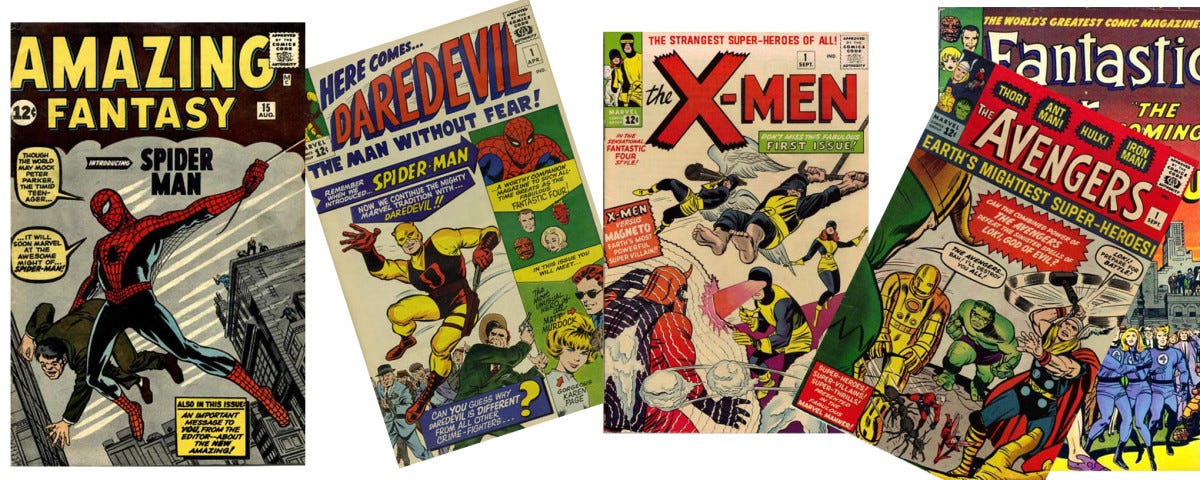
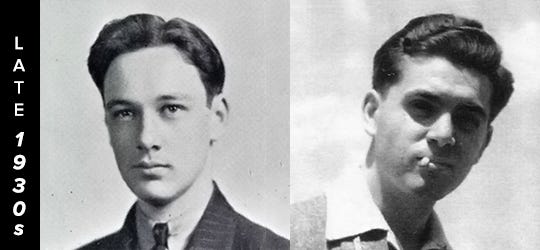
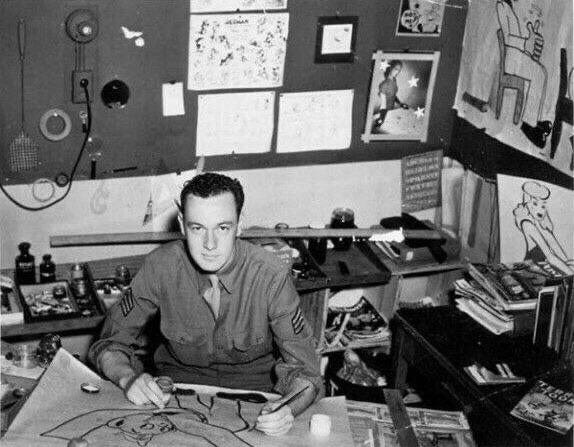
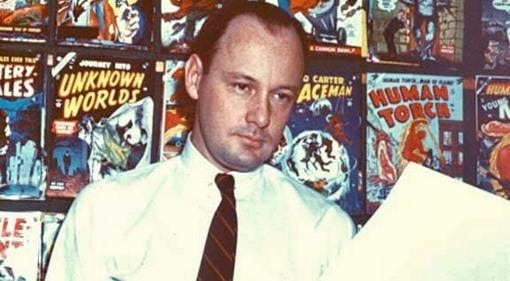
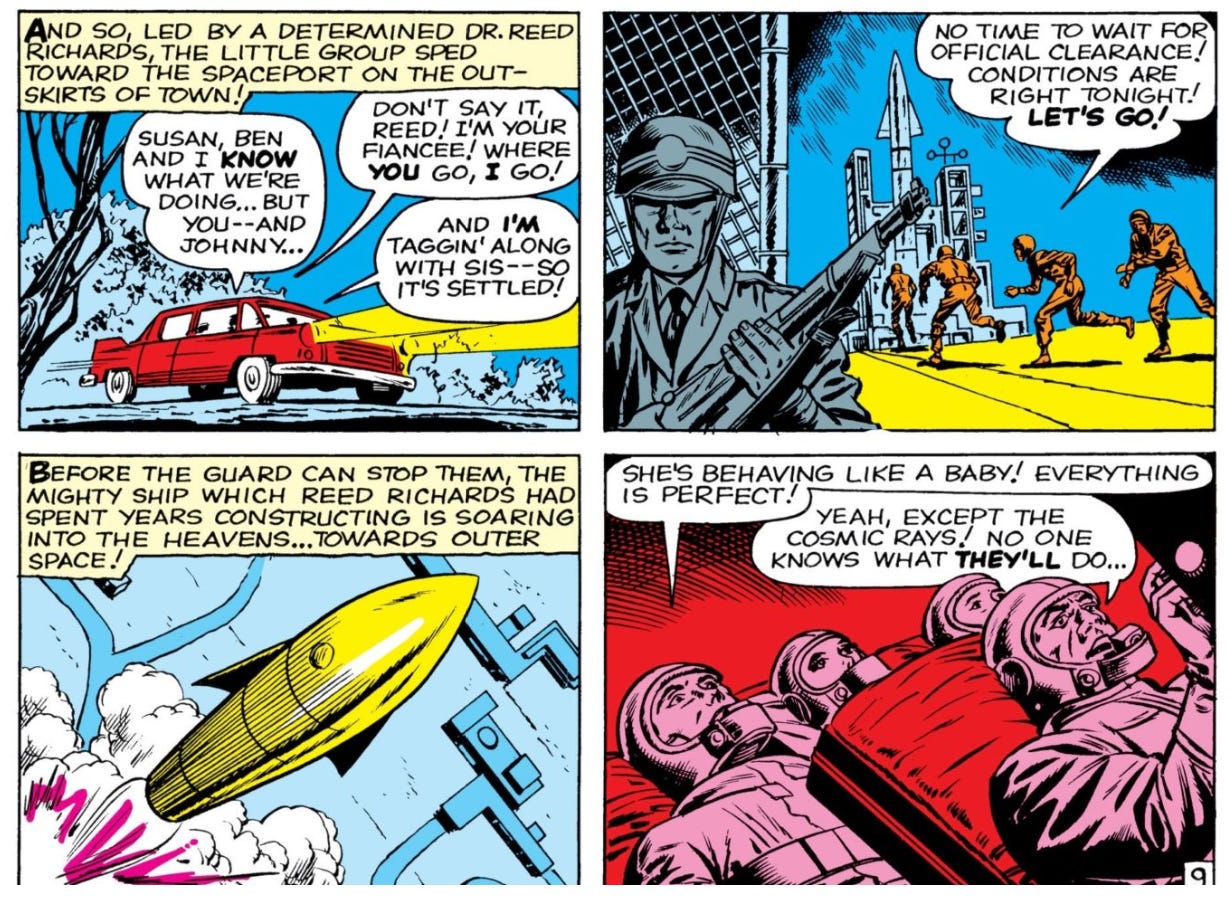
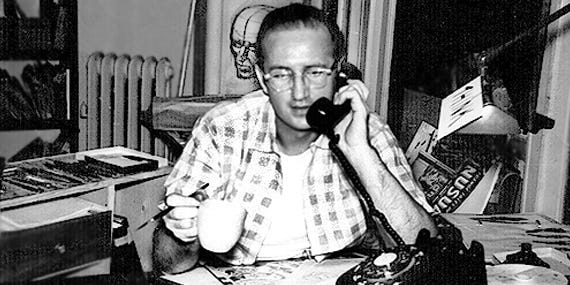
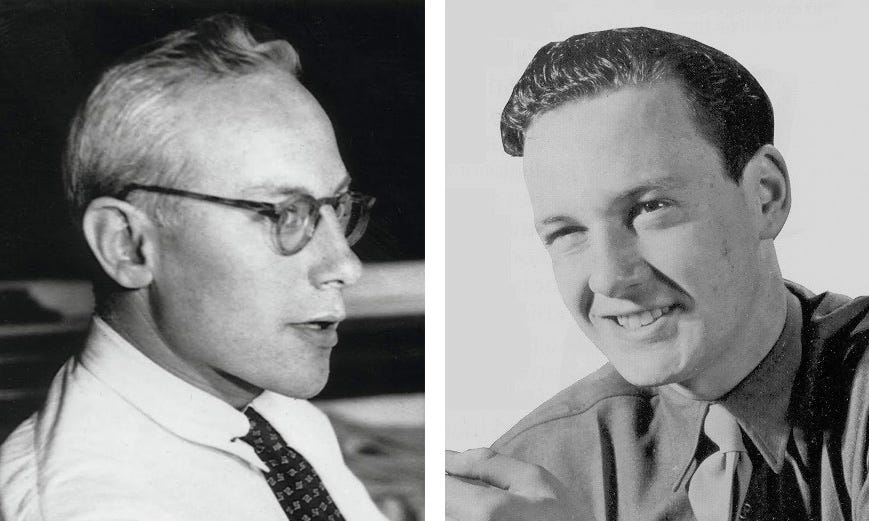


This is exactly the type of read I need at the beginning of my week.
Lots of inspiring advice in this one. The biggest one is to keep creating the only way you know how. Make the things YOU want to see in the world.
That's the exact opposite advice, many data-driven, algorithm-first I see a lot online today. While it does help to have the data to influence my creativity I don't want it to overshadow my vision for my stories.
Thanks for sharing this one Edward!
Amazing and well-researched content. Well done!